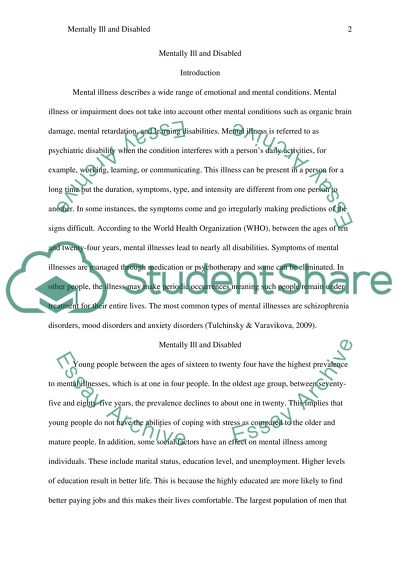Cite this document
(“English Essay Example | Topics and Well Written Essays - 3250 words”, n.d.)
English Essay Example | Topics and Well Written Essays - 3250 words. Retrieved from https://studentshare.org/other/1400518-english
English Essay Example | Topics and Well Written Essays - 3250 words. Retrieved from https://studentshare.org/other/1400518-english
(English Essay Example | Topics and Well Written Essays - 3250 Words)
English Essay Example | Topics and Well Written Essays - 3250 Words. https://studentshare.org/other/1400518-english.
English Essay Example | Topics and Well Written Essays - 3250 Words. https://studentshare.org/other/1400518-english.
“English Essay Example | Topics and Well Written Essays - 3250 Words”, n.d. https://studentshare.org/other/1400518-english.


